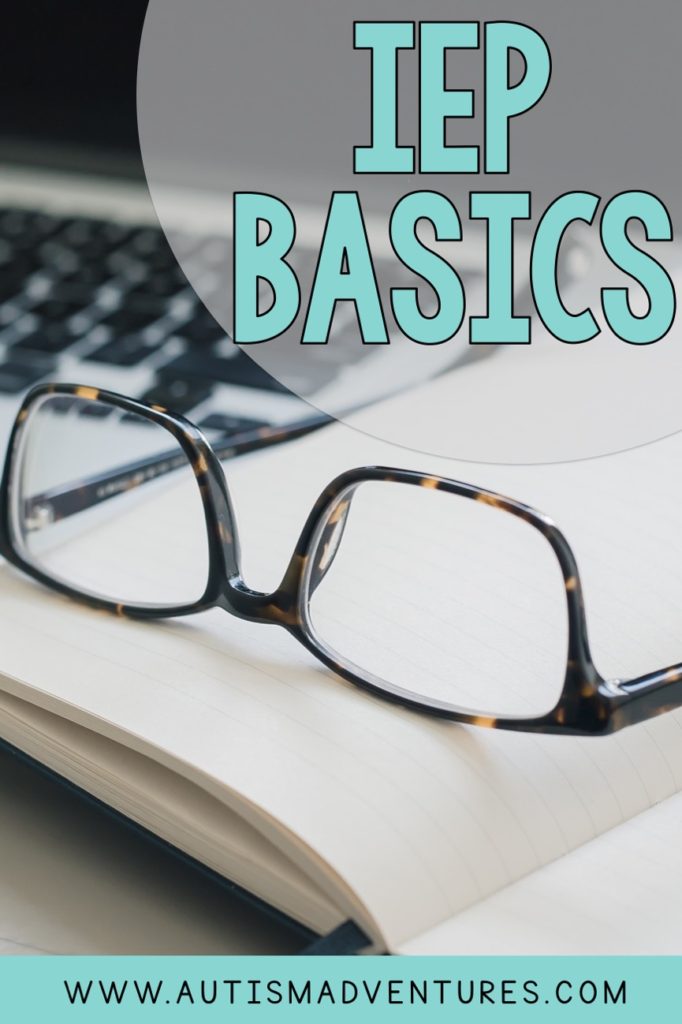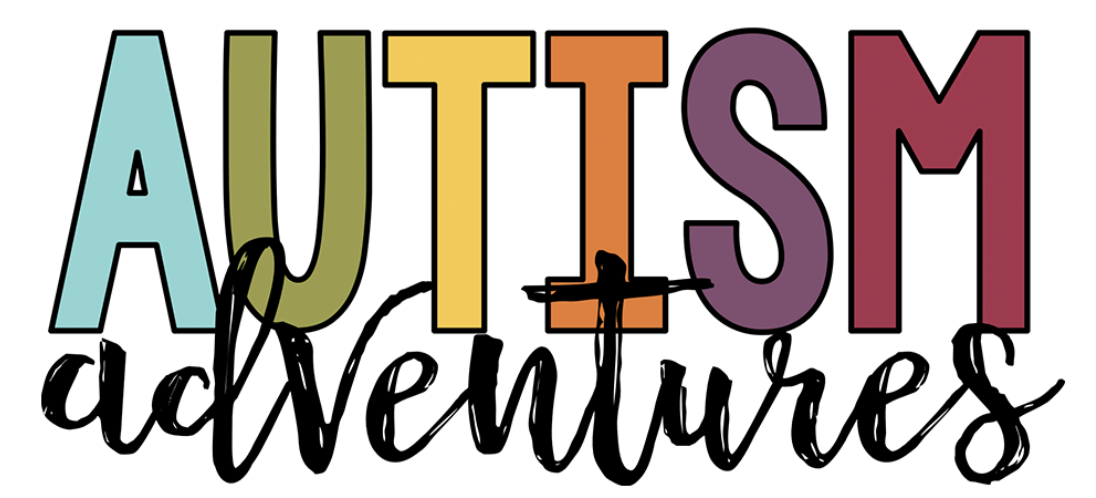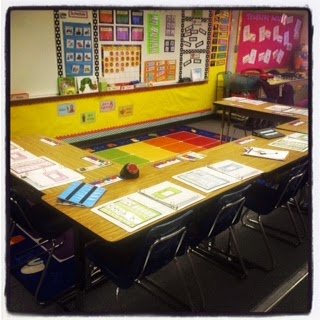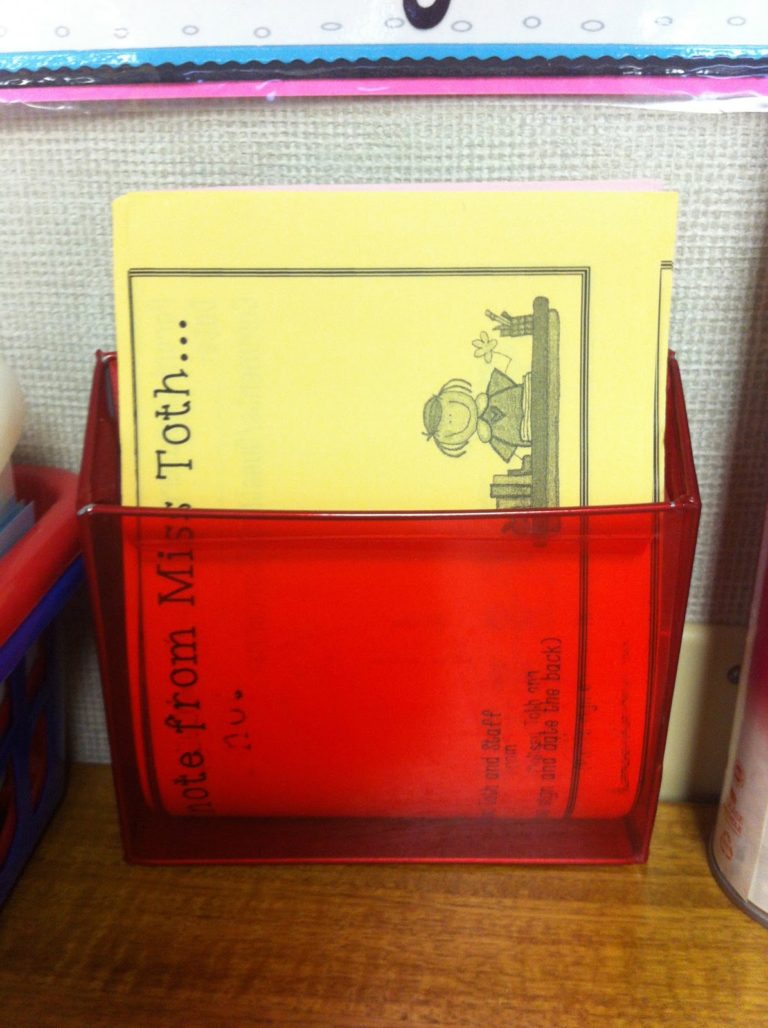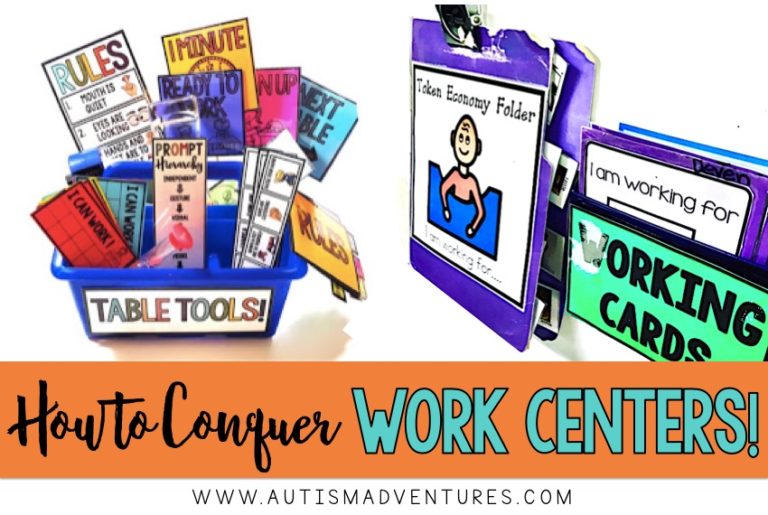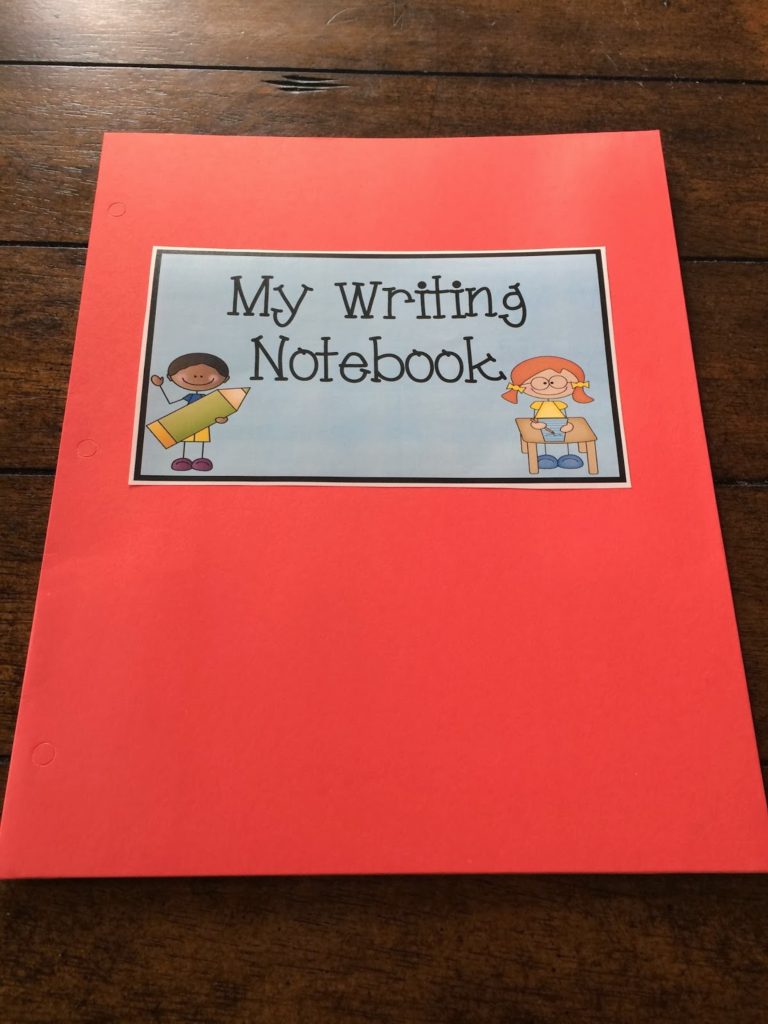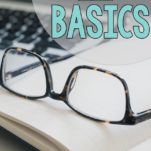Basics of an IEP
I get a LOT of questions asking about the basics of an IEP. This is a super hard question to answer because every school, district and state do things differently. The most important thing to remember is to follow direct instruction from your supervisors. I am going to do my best to just discuss some of the most common parts of an IEP.
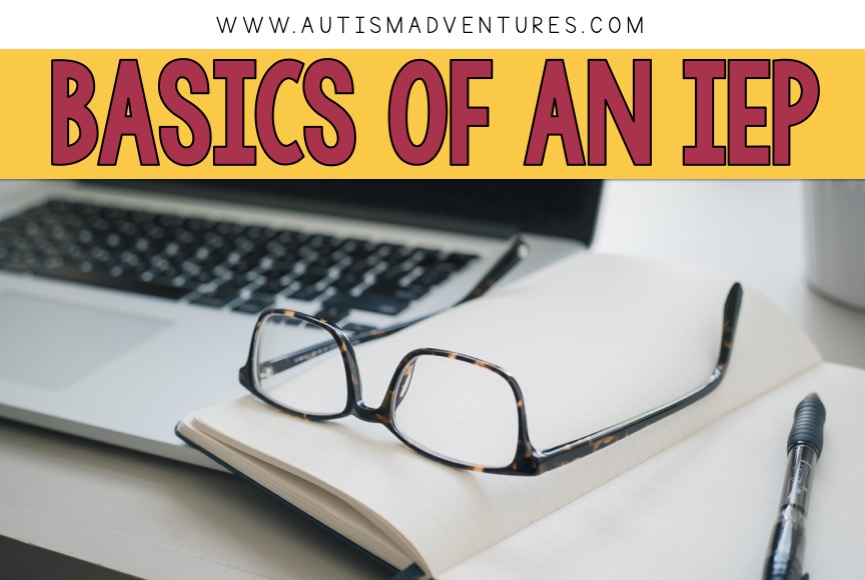
Every district, school, and special education team approach the IEP (Individualized Education Plan) process and meeting differently. Below you will hopefully find some great ways to help be an ongoing collaborator for your student and their needs.
What is an IEP?
An IEP stands for an Individualized Education Plan. It is a legal document outlining the services both in and out of the classroom. An IEP is based on the eligibility and needs of the student. Parents, teachers, students (when able) and special education services providers are all stakeholders in the development and implementation of the IEP. The IEP document is made up of several portions outlining the following areas but are not limited to present levels (both in and out of the classroom), parental concerns, accommodations, services, goals, notes, and signature page. Within these portions there are many individualized portions that are tailored to each student’s area(s) of need that you should be aware of. I will review the basics of an IEP below.
What you need to know…
Once a student is identified as qualifying for special education services, you will work with the special education/IEP team to create and maintain an IEP.
Present Levels
Present levels are exactly what they state, present levels. What is the student able to do? Every district has their own protocol for these. This can consist of staff observations, work sample collects, informal assessments and standardized assessments. The present levels should clearly outline everything the student is capable of at the time of the IEP. There are different categories of present levels depending on your district requirements. If you were to get a new student, it is this section of the IEP that will paint you a picture of the students abilities.
Goals
In short, goals outline the goals for the following 12 months. What is the team hoping the student will be able to do 12 months from today? These goals will drive instruction and all services.
Goals must be measureable and achievable. Districts have their own expectations and guidelines for writing goals, so follow these first! IEP team members should write SMART IEP goals. A SMART goal is specific, measurable, use action words, are realistic, and time-limited.
Depending on the IEP, there may be several goals. All goals will have attainable benchmarks to track progress along the way. These will most often be tracked and progress reports will be issued to families depending on district protocol.
Accommodations and Modifications
Accommodations and modifications are a big part of the IEP process. They are definitely part of the basics of an IEP. Modifications and accommodations are a great way to support students in the classroom. Simply put, an accommodation alters the environment, equipment or format of the task while the modification alters the curriculum/task itself.
They must be realistic, repeatable and usable accommodations and modifications in the classroom. They should also be very specific so that everyone who reads the IEP is implementing the accommodation or modification the same way. It is important to make sure that it is clearly written for what this may look like so any new IEP team member could help this student.
For example, “student may take breaks up to five minutes per class period in the following locations: outside the classroom, the front office, the nurse’s office, etc.” This is much more clear than “student can take breaks.” This accommodation is very clear for the student, teacher(s), and parents/IEP team. If an accommodation seems to be difficult to replicate in the classroom, such as “reading the questions aloud,” ask for the accommodations to state, “the student and teacher(s) can arrange to have the questions read aloud in a designated location/time.”
Accommodations and modifications should both be clear and understandable to all members of the IEP team. To read more about these and see a clear difference between the two, check out this site here. This site also has a bunch of examples for you!
Services
Services are another component of the IEP system that considered the basics of an IEP. They are the times/services that the student will receive to help support the goal areas the student has in his/her IEP. Make sure to ask questions what the services look like: “where does this service take place, how often, etc.” You want these support services to be very clearly outlined for both you and the student. If you feel like the student would benefit from a group or an individualized service instead, be sure to inquire about this at the meeting. The IEP team and meeting are a place to have an open discussion about the best environment for the student and you are one of the stakeholders.
Role Players
Teachers- these services, accommodations, and goal areas are all supported by you in your classroom. Your input in helping to identify areas of need for your student is important since you are a member of the IEP team and must adhere to the document. If you feel that there is something missing or something is unclear, then you need to speak up and ask questions. Remember, you are responsible for providing all of the accommodations in your classroom
Parents- this is your student’s academic plan; it is individualized and needs to be addressing the needs of your child. If you have questions, make sure to ask them. You do not need to sign an agreement if you feel that there is something missing or something is mis-represented. The IEP document and the process is fluid and can and should be revisited throughout the year. Continue to facilitate an ongoing conversation with the Education Specialist/Special Education Teacher in order to maintain an open line of communication.
These are just some of the areas of the IEP that will be proposed and developed at an IEP meeting. The most important thing to remember is that you are an essential part of the process and your input is valuable in developing this document. We are all here to help all of our students learn and grow as little humans!
I hope my outlining of the basics of an IEP was helpful to you today. Again, I can’t emphasize enough how important it is to follow district/school guidelines in your IEP process. To learn more about IEP’s, be sure to check back and learn all about “All Things IEP’s.” EVERY DISTRICT HAS DIFFERENT REQUIREMENTS!
Like what you read? Don’t forget it, PIN IT!
